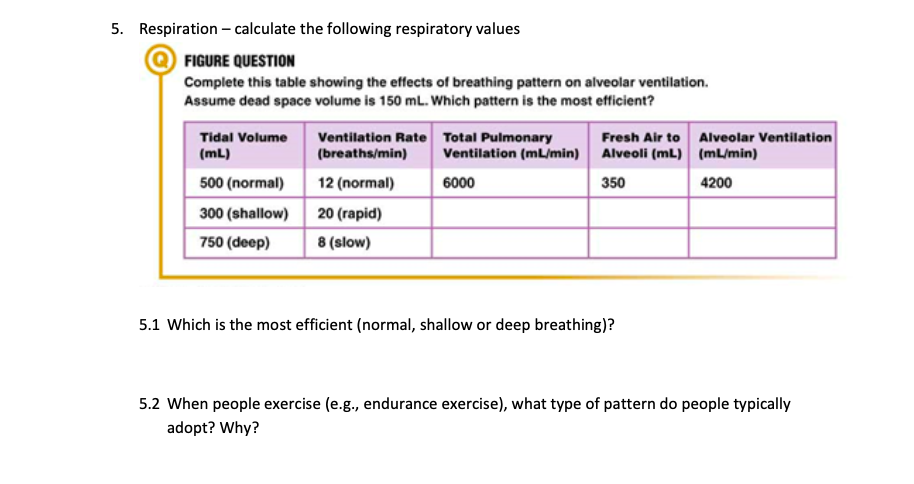

During tidal breathing, the inspiration and expiration at physiologic rest, the volume of air entering and leaving the lungs is known as the tidal volume (TV). Īlthough breathing mechanics are complex, it is important to remember that air will flow from high-pressure areas to low-pressure areas. Instead, they must be calculated using indirect measurement techniques such as gas dilution or body plethysmography. Calculating the residual volume can give an indication of lung physiology and pathology. The TLC, FRC, and RV are absolute lung volumes and cannot be measured directly with spirometry. FRC is the amount of air remaining in the lungs after a normal, physiologic expiration (Figure 1A). TLC is the total volume of the lungs at maximal inspiration which is about 6 L on average, though true values are dependent on the same factors that affect residual volume. The residual volume is an important component of the total lung capacity (TLC) and the functional residual capacity (FRC).

Reference values for residual volume are 1 to 1.2 L, but these values are dependent on factors including age, gender, height, weight, and physical activity levels. In other words, it is the volume of air that cannot be expelled from the lungs, thus causing the alveoli to remain open at all times. The residual volume remains unchanged regardless of the lung volume at which expiration was started. Residual volume (RV) is the volume of air remaining in the lungs after maximum forceful expiration.


 0 kommentar(er)
0 kommentar(er)
